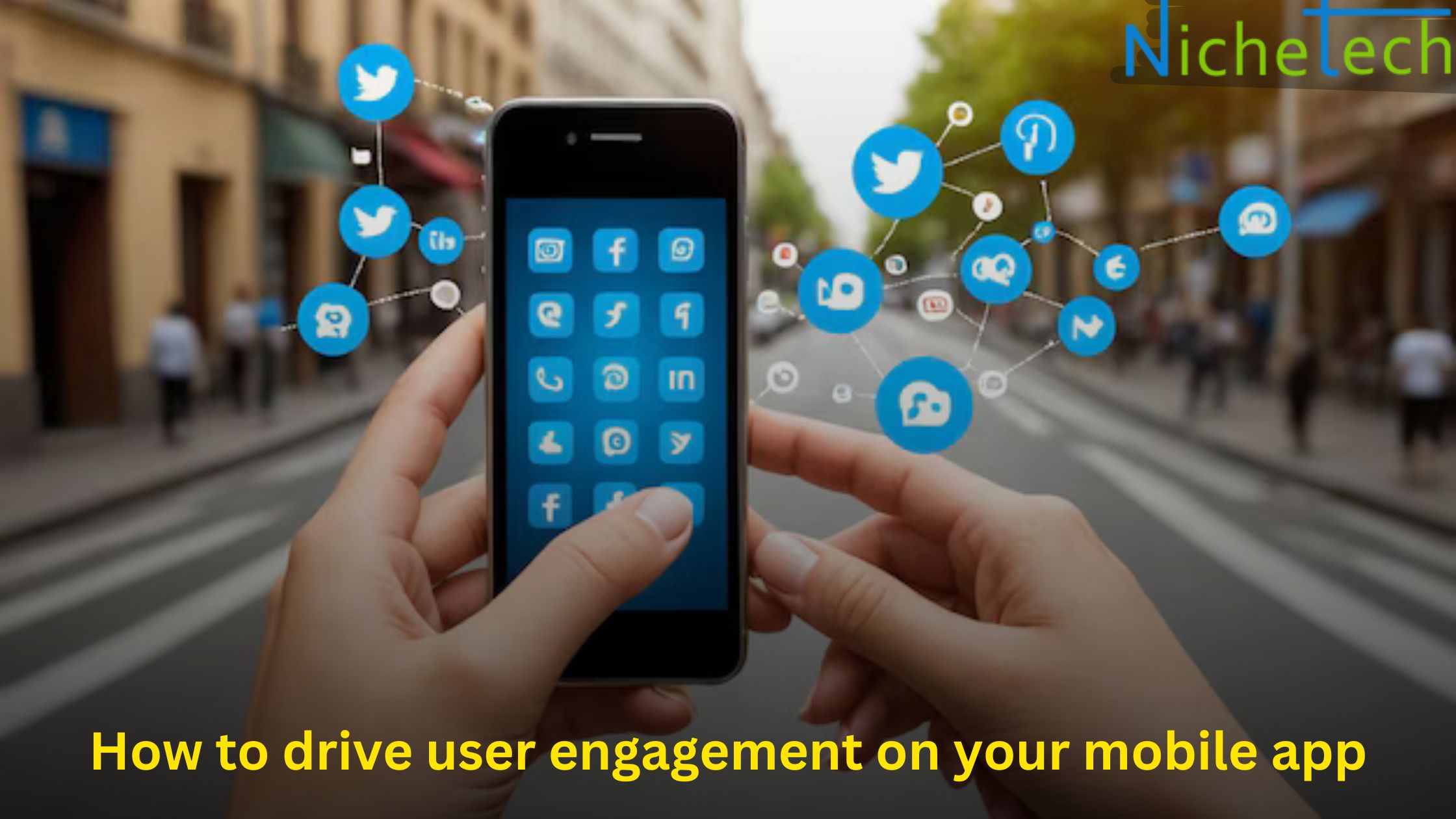1. Onboarding Experience
Simple and Interactive Onboarding: Guide new users through the app with an intuitive onboarding flow. Demonstrate the core features and value proposition quickly to reduce the learning curve.
Progressive Disclosure: Introduce advanced features only after users are familiar with basic functions. This keeps them engaged over time.
2. Push Notifications
Personalized and Relevant: Use personalized notifications based on user behavior and preferences to nudge users toward re-engaging with the app.
Timely Reminders: Send notifications at appropriate times (e.g., reminders for tasks, time-limited offers, or content updates). Be careful to avoid spamming, which can lead to uninstalls.
3. In-App Messaging
Targeted Messages: Communicate directly with users based on their in-app activity. Show tips, rewards, or personalized content that makes the app feel tailored to individual needs.
Gamified Interactions: Use in-app messages to encourage users to complete tasks or participate in challenges that unlock rewards.
4. Gamification
Points, Badges, and Leaderboards: Encourage regular use by integrating gamified elements like reward points, badges for achievements, and competitive leaderboards.
Challenges and Milestones: Set challenges with clear goals and rewards to keep users motivated and excited about progress.
5. Loyalty Programs
Reward Frequent Use: Implement loyalty programs that give users points or exclusive perks for repeated engagement.
Offer Discounts and Exclusive Content: Make users feel valued by offering early access to features or exclusive content in exchange for consistent usage.
6. Content Personalization
Custom Content and Recommendations: Utilize user data to personalize the experience. Recommendations based on previous activity (like articles, products, or media) can keep users engaged by offering them more of what they like.
AI-Based Suggestions: Leverage machine learning to predict what the user will enjoy next, based on their app interactions.
7. App Performance
Fast and Smooth UI: Ensure your app is fast and responsive. Slow load times or buggy experiences drive users away.
Offline Capabilities: If possible, make parts of your app usable offline, which can boost engagement when users don’t have access to a stable internet connection.
8. User-Generated Content
Encourage Sharing and Participation: Offer features that let users contribute content (e.g., comments, reviews, photos, or custom profiles). Let them share their contributions with friends or communities.
Social Integration: Enable easy sharing to social media platforms, or allow users to connect with friends within the app itself.
9. Frequent Updates and New Features
Keep the App Fresh: Regularly update your app with new features, improvements, and fresh content to retain interest.
Announce New Features: Use updates and notifications to inform users of new capabilities and invite them to explore.
10. Surveys and Feedback Mechanisms
Ask for Feedback: Use in-app surveys or direct requests for feedback to gather user opinions. Make them feel heard by acknowledging and implementing their suggestions.
Analyze User Behavior: Use analytics to track which features users engage with the most and make data-driven decisions to optimize the app.
11. Community Building
Foster User Communities: Create forums or social groups within the app where users can connect with others, ask questions, or share tips. Engagement within a community can increase overall app stickiness.
Live Events or Q&A Sessions: Host live virtual events, webinars, or Q&A sessions within the app to build excitement and interaction.
12. Referral Programs
Encourage Word-of-Mouth: Implement a referral program where users earn rewards for inviting others to the app. This not only boosts engagement but also user acquisition.
Social Proof: Highlight testimonials, reviews, or user achievements to encourage others to participate.
13. Freemium Model
Provide Value in Free Version: Offer valuable features in the free version to get users hooked, and then incentivize them to upgrade to a premium model for enhanced features.
Limit Ads for Engaged Users: If you monetize through ads, consider reducing ads for highly engaged users as a reward for their loyalty.
14. Retention Strategies
Offer Re-Engagement Campaigns: Use emails, push notifications, or in-app messages to re-engage users who have stopped using the app for a while.
Churn Prevention: Analyze user patterns to identify early signs of churn and implement preemptive actions, such as exclusive offers, reactivation discounts, or reminders of unused features.
15. Simplified and Accessible UX
Optimize for Usability: Make sure the app has a clean, easy-to-navigate user interface. Consider all users, including those with accessibility needs.
Remove Friction: Minimize the number of steps needed to complete actions within the app to create a frictionless experience that encourages continuous use.
By focusing on these strategies, you’ll be better positioned to enhance engagement, retain users, and build long-term loyalty for your mobile app.







